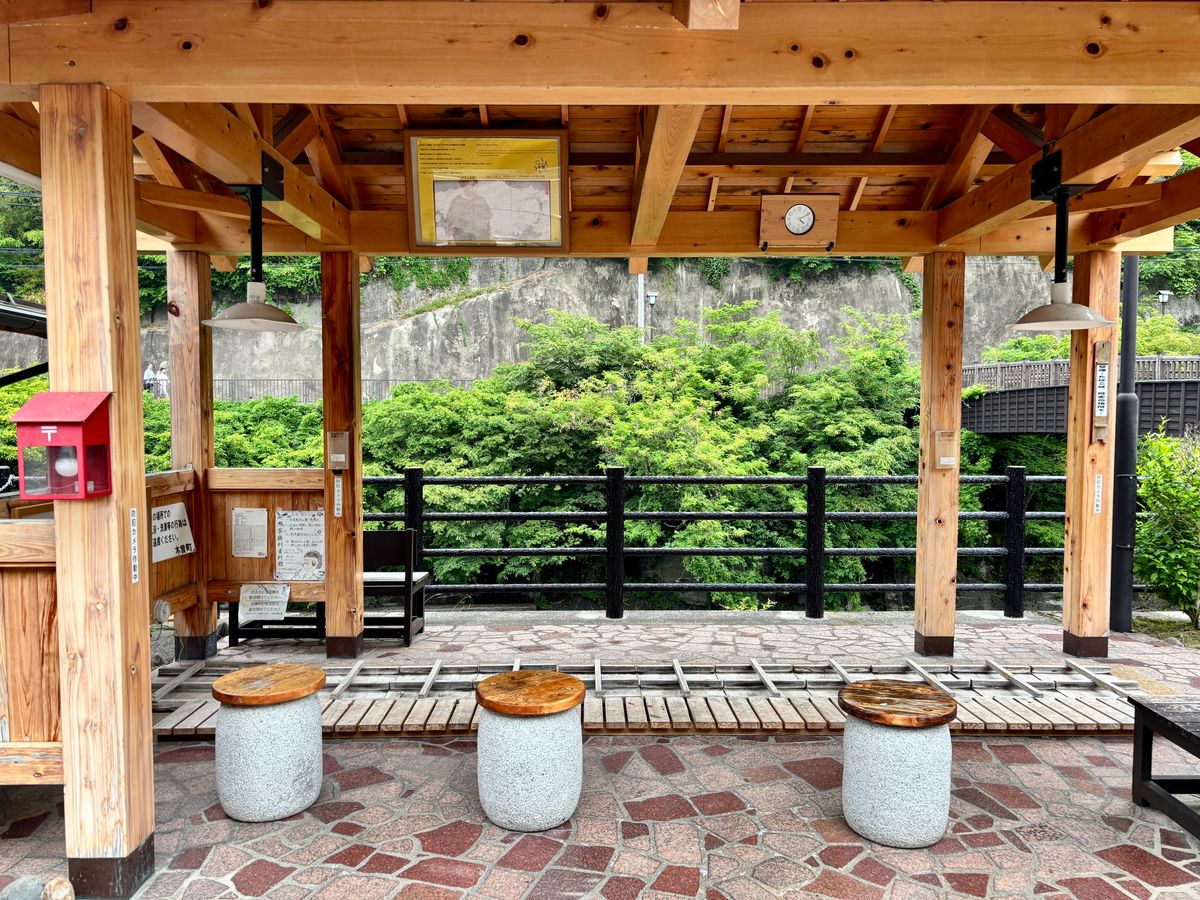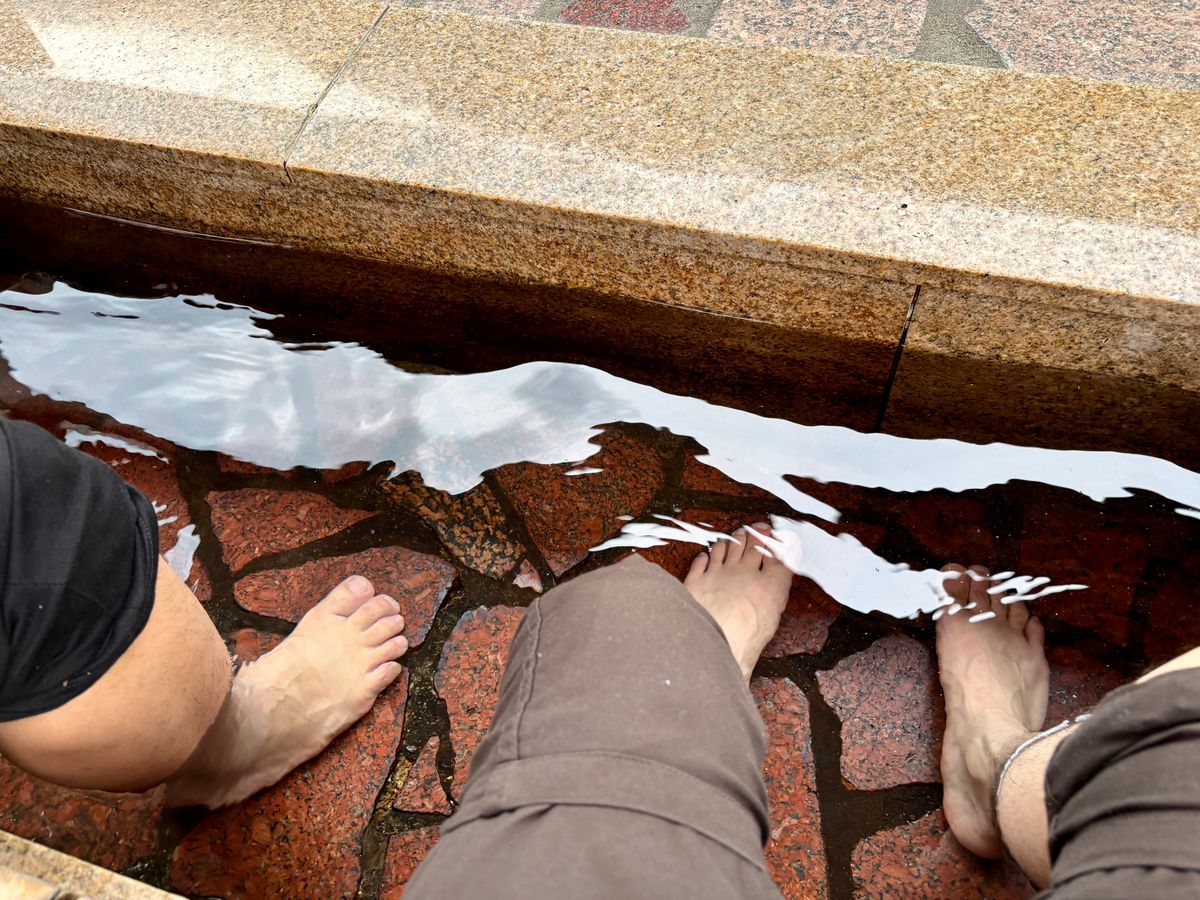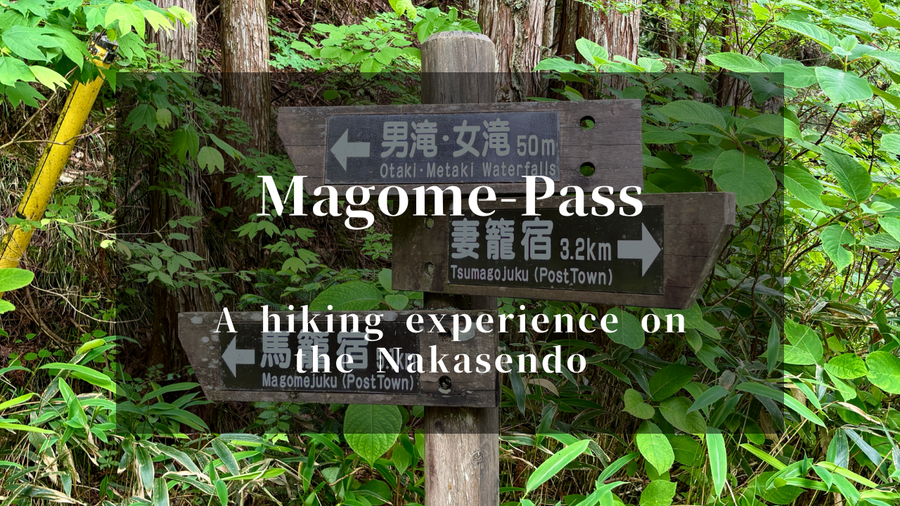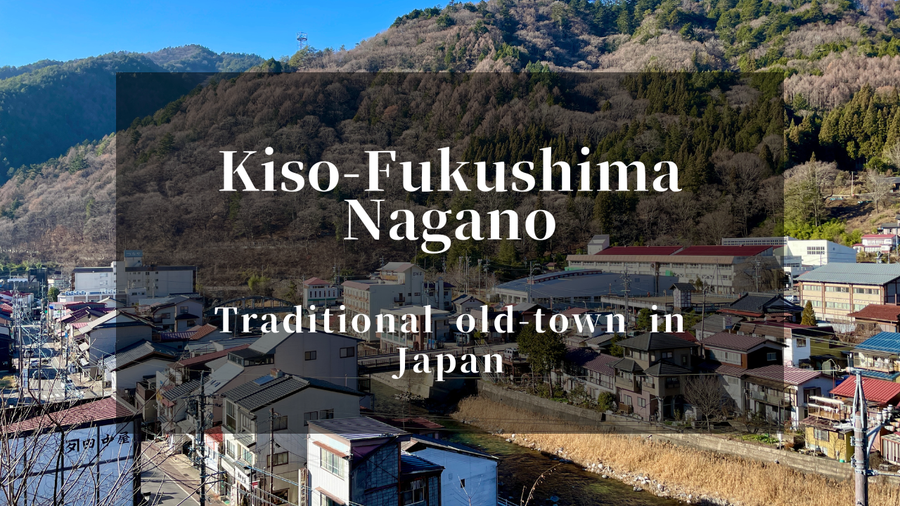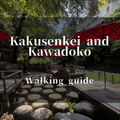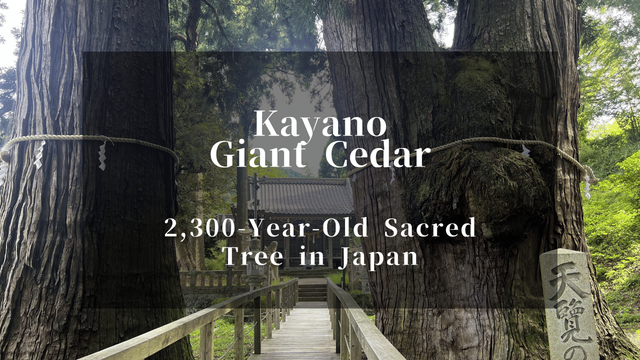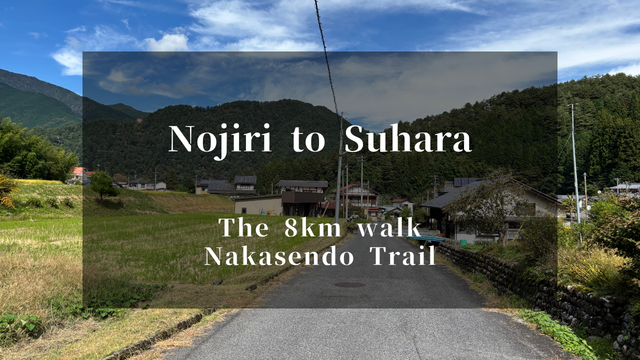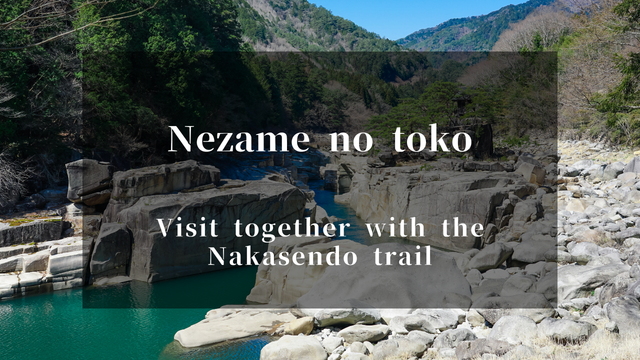For those seeking hiking and forest bathing in Japan, I highly recommend the Joyama Nature Trail (城山自然遊歩道) in Kiso-Fukushima (木曽福島). This wonderful hiking course offers spectacular views of the Kiso-Fukushima townscape and surrounding mountains from the mountaintop.
This course is perfect as a warm-up before walking the Nakasendo (中山道) historic trail. With well-maintained, easy-to-walk paths and excellent signage, you can enjoy forest bathing safely without getting lost.
The beauty of Gongen Waterfalls (権現滝) near the end of the course is truly special, and it's suitable for everyone from beginners to experienced hikers. This is my experience report of actually walking the red route (approximately 3.6km, about 100 minutes) of the Joyama Nature Trail.
Basic Information and Access
Course Details:
Distance: About 3.6km
Duration: About 100 minutes (including breaks)
Difficulty: Beginner to Intermediate (well-maintained paths)
Highest point: About 850m
Entrance fee: Free
Access:
10-minute walk from JR Kiso-Fukushima Station to starting point (Kozen-ji Temple)
Parking: Several spaces available near Kozen-ji Temple
Recommended Clothing and Equipment:
Comfortable walking shoes (trainers are fine, hiking boots not necessary)
Comfortable clothing (layer according to season)
Water for hydration
Camera (many scenic spots)
Insect repellent (summer months)
Bear bell
Seven Different Hiking Courses to Choose From
As you can see from the map, the Joyama Nature Trail in Kiso-Fukushima offers seven different hiking courses. They are colour-coded, allowing you to choose based on your fitness level and available time.
For this visit, I mainly walked the 3.6km, 100-minute Gongen Waterfalls Course (red route). This course is particularly popular among the Joyama Nature Trail options and features concentrated highlights.
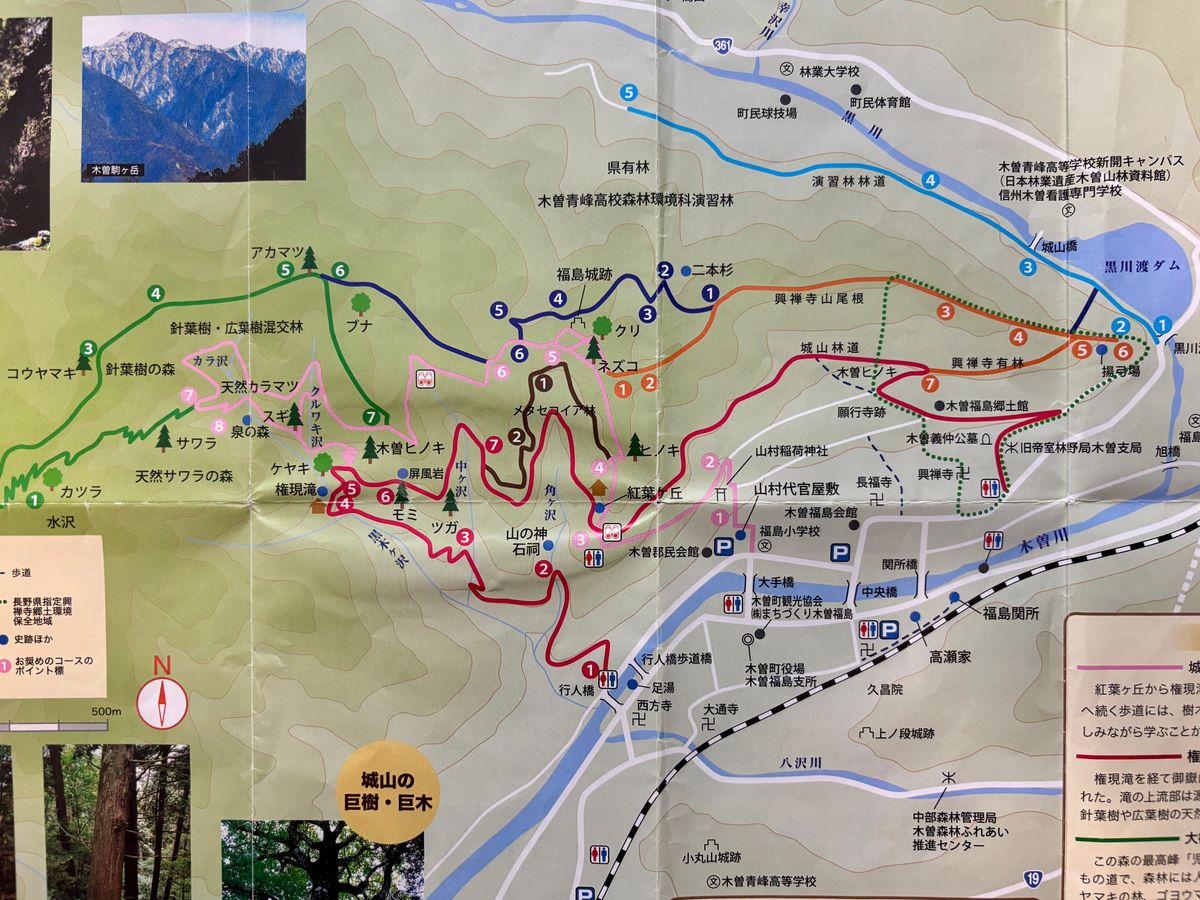
Starting Point: Kozen-ji Temple (興禅寺) - Beginning of the Proper Trail
For the Joyama Nature Trail, I strongly recommend starting from Kozen-ji Temple (興禅寺) rather than Gyonin-bridge (行人橋).
Benefits of starting from Kozen-ji Temple:
Begins with gentle uphill climbs, easier physically
Starting from the foot bath/Gyonin-bridge side involves steep stairs at the beginning, which is very difficult
You can enjoy sightseeing at Kozen-ji Temple before hiking
About Kozen-ji Temple (the starting point): Kozen-ji is a historic Zen temple with beautiful Japanese gardens and dry landscape gardens (karesansui). For international visitors especially, this is a great opportunity to see traditional Japanese temple architecture. Since the hiking goal is away from Kozen-ji Temple, if you want to visit the temple, do so before hiking.
Important: Don't Forget Toilet Breaks Before Starting
There are public toilets near Kozen-ji Temple. Since there are hardly any toilets during the hike, it's essential to use these toilets beforehand.
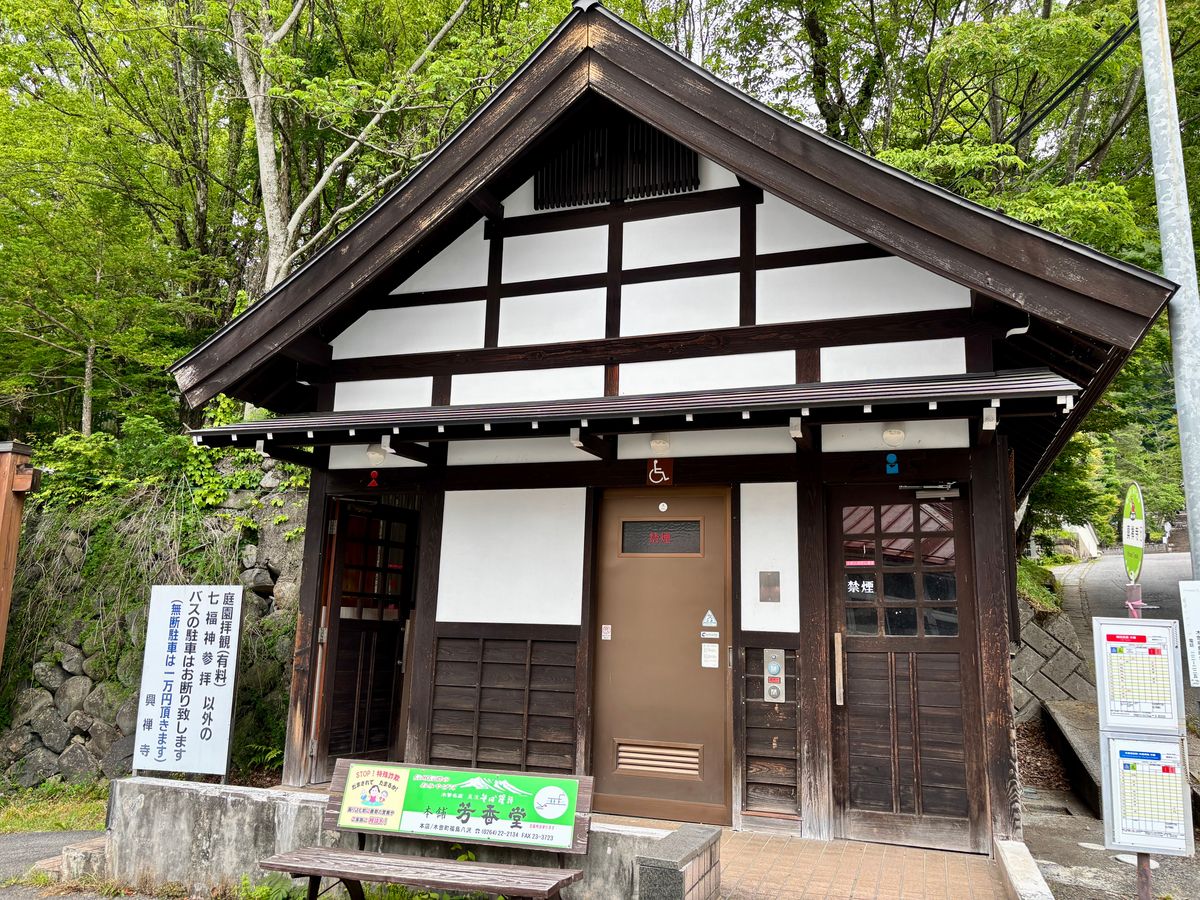
Starting the Hike
Right then, let's start the hike!
After passing Kozen-ji Temple and proceeding further back, you'll see the entrance sign for the Joyama Nature Trail. It starts with a paved road and gradually changes to a mountain path.
The path is well-maintained throughout, with clear signposts at key points, making it possible for even those who can't read Japanese to proceed without getting lost.
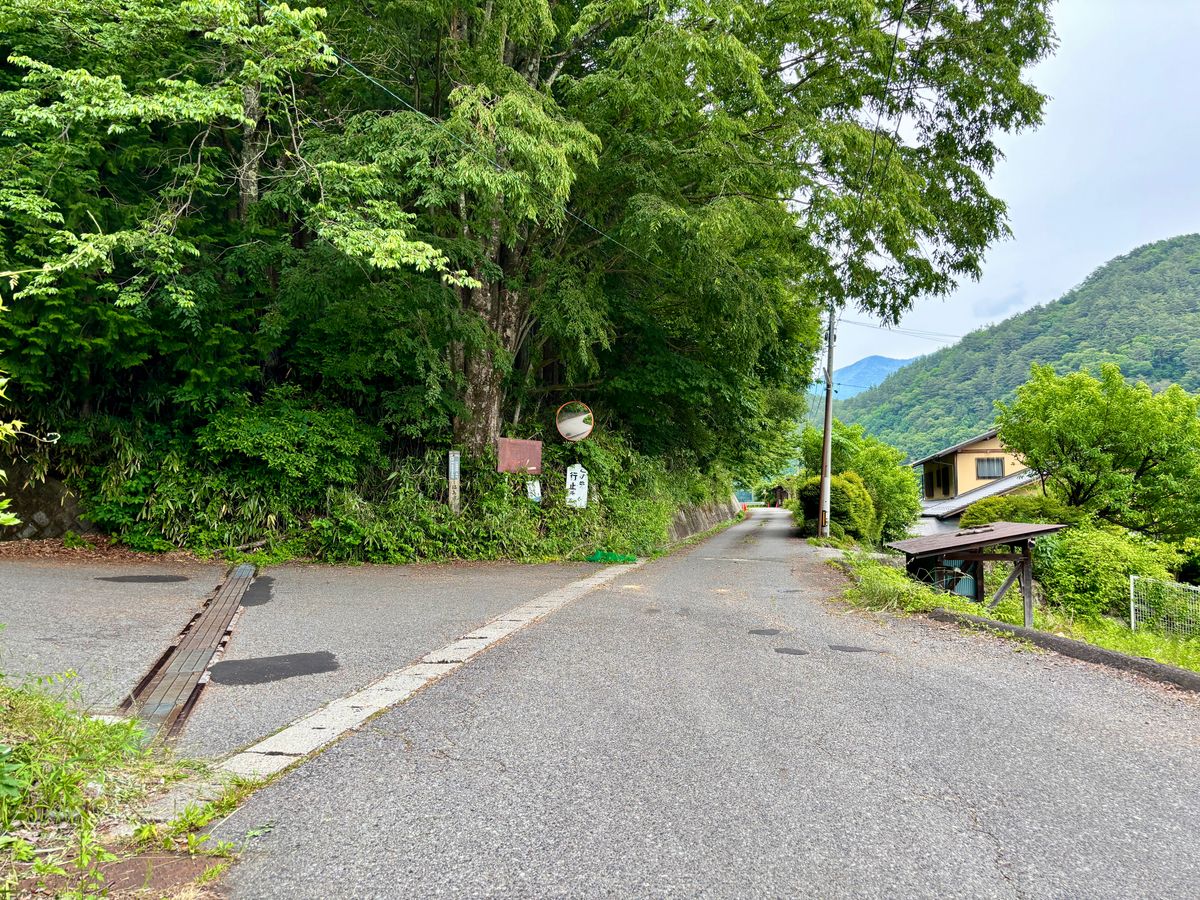
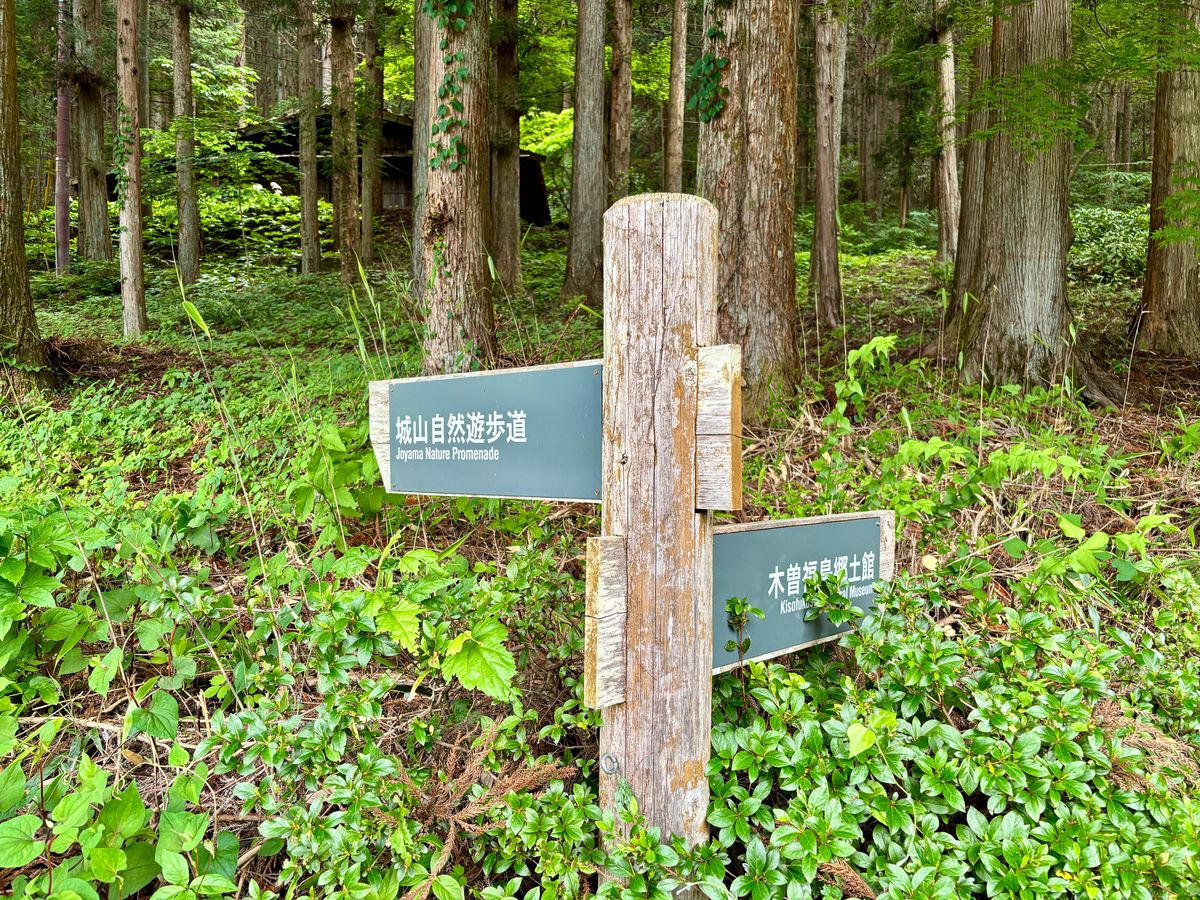
Continuing along the road, the proper trail begins in earnest. However, it's well-maintained, and you can walk adequately in trainers without trekking poles.
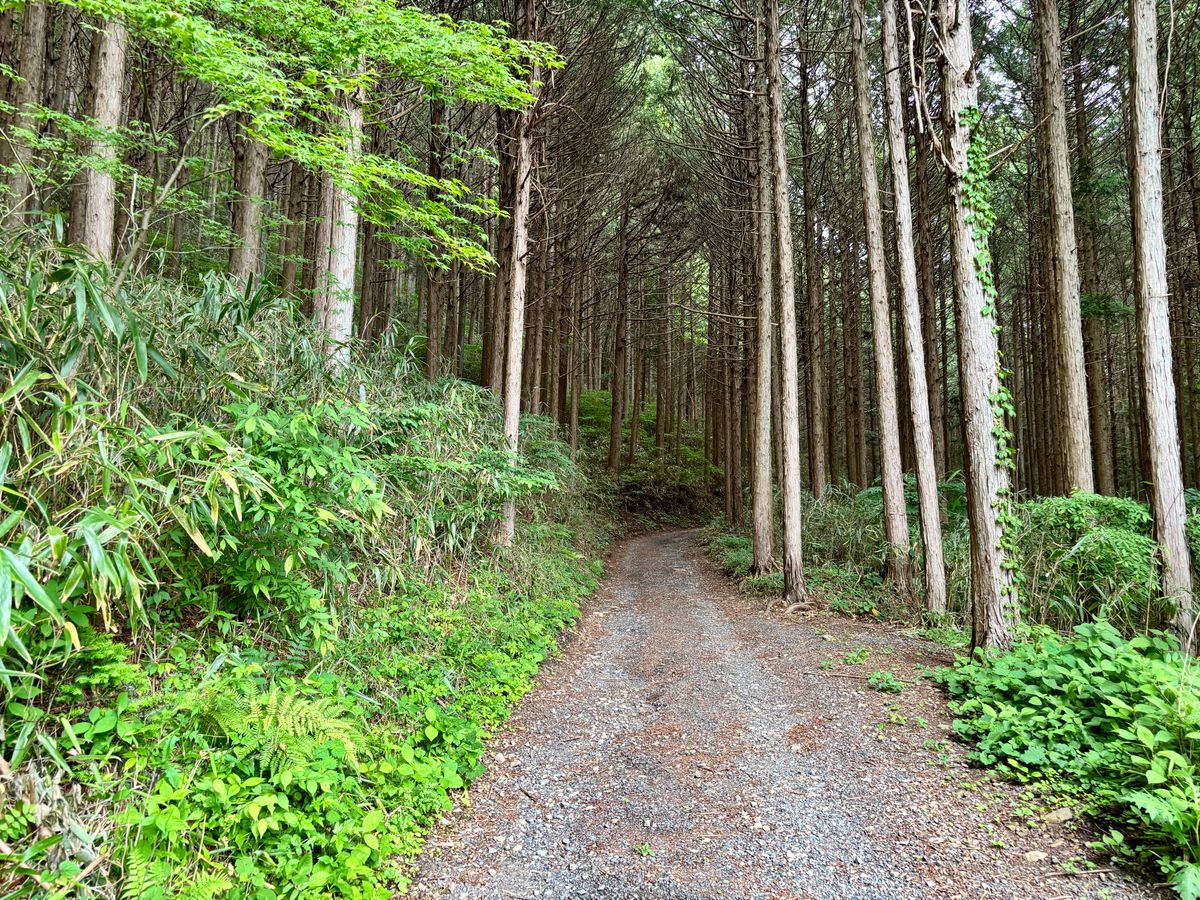
First Viewpoint: Momijigaoka (紅葉ヶ丘)
The first spot after starting the Joyama trail walk is Momijigaoka (紅葉ヶ丘), a hill on the mountainside. This is an excellent viewpoint with open views.
Spread out before you is the beautiful townscape of Kiso-Fukushima, a post town (宿場町) along the Nakasendo historic trail nestled in the valley. In the distance, you can see the magnificent form of Mount Kiso-Komagatake (木曽駒ヶ岳), the main peak of the Central Alps (中央アルプス). Below, you can see the Kiso River (木曽川) winding its way through, with the lush mountains of Kiso Valley (木曽谷) creating a beautiful panorama on the opposite bank.
What is the Nakasendo? The Nakasendo was an important road during the Edo period (1603-1868) connecting Edo (Tokyo) and Kyoto. Many hikers still walk it today. Kiso-Fukushima prospered as a post town along this route.
Unfortunately, it was cloudy when I visited. I think the scenery would have been even more beautiful if it had been sunny.
I rested here for about 5 minutes. Breathing deeply in the fresh afternoon air, my heart was soothed by the sight of Mount Kiso-Komagatake. Being able to enjoy such spectacular views as preparation before walking the Nakasendo is a luxurious experience.

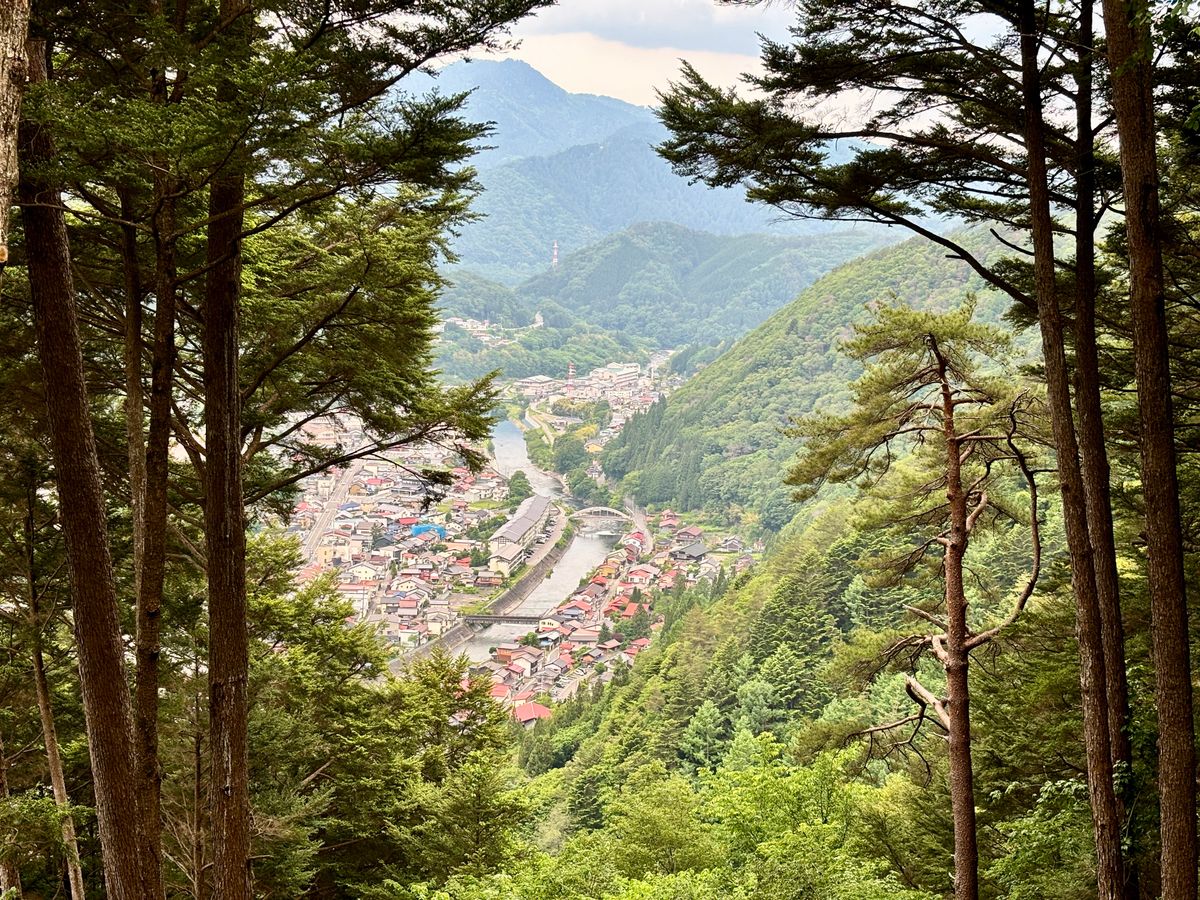
Important: Don't Forget to Ring the Bear Bell
On the Nakasendo and other Japanese walking trails and hiking courses, bear bells are often installed. When you see one, be sure to ring it.
Purpose of bear bells:
Alert bears to human presence
Avoid unexpected encounters with bears
One of the safety measures in Japanese mountains
Bears live in Japan's mountains. They usually avoid humans, but unexpected encounters can be dangerous. Making noise lets bears know humans are present.
Of course, I ring the bear bell every time I find one.
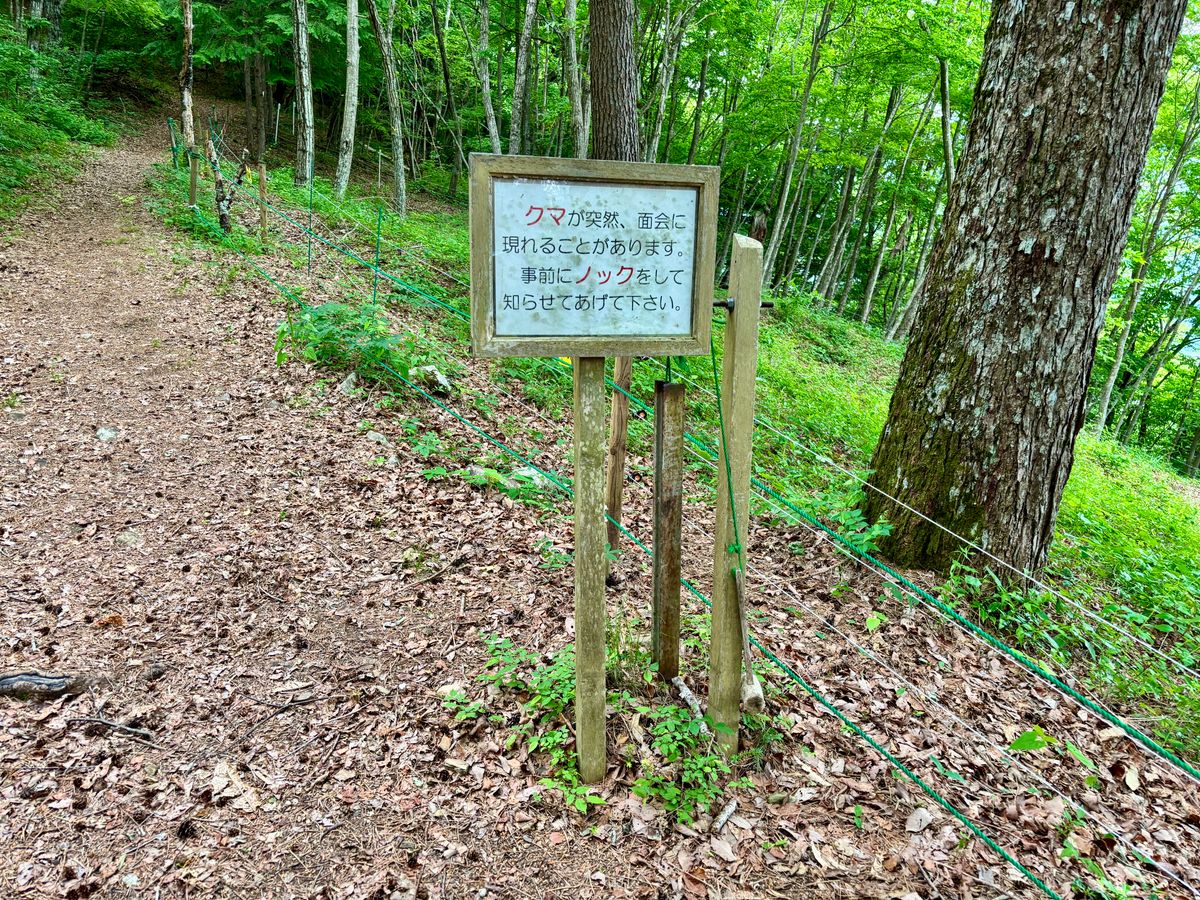
Hinoki and Metasequoia Forests
After Momijigaoka, I temporarily left the red Gongen Waterfalls course and detoured to the pink, then brown courses.
This brown course has growth and cold resistance tests for domestic and international trees, making it like a natural botanical garden. The trees have clear Japanese labels showing their names. With translation apps like Google Translate, you can easily translate them.
Hinoki Forest (Japanese Cypress Forest)
The Hinoki forest (ヒノキ林) and Metasequoia forest (メタセコイヤ林) were particularly impressive. First, you're greeted by a row of Hinoki trees.
About Hinoki (Japanese Cypress):
Japan's representative coniferous tree
Used as premium building material
Has a distinctive fragrance with relaxing effects
The benefits of "forest bathing" have been scientifically proven
It's the perfect environment as a natural forest bathing space, and you can feel the distinctive fragrance of Hinoki.

Metasequoia Forest (Dawn Redwood Forest)
Next, you'll see the Metasequoia forest (メタセコイヤ林).
About Metasequoia (Dawn Redwood):
An ancient tree that has existed for about 65 million years
Also called a "living fossil"
Long thought to be extinct
First confirmed to still exist in China in 1945
Turns beautiful colours in autumn
The tall trees growing straight up towards the sky are truly like works of natural art. This Metasequoia forest is also a must-see spot.
On the brown hiking route, many different types of trees are planted. Thanks to the signboards showing tree names, you can walk whilst learning about nature. For plant enthusiasts, this is a very enjoyable route.
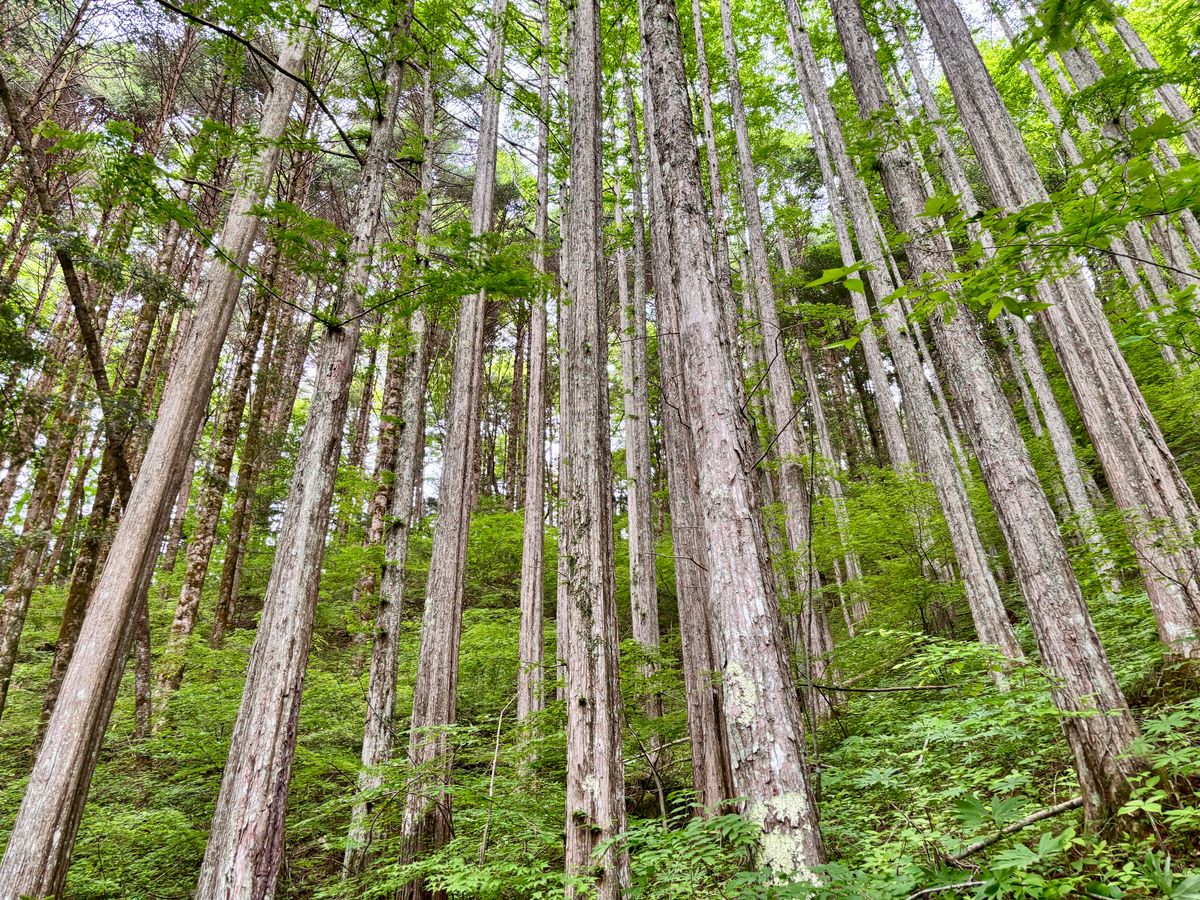
Impressive Rock Scenery: Byobu-Iwa (屏風岩) - Sheer Cliff
After finishing the brown experimental forest course, I returned to the red Gongen Waterfalls course. Following the route, you come to a steep rocky area called Byobu-Iwa (屏風岩), a sheer cliff.
The rock wall, cut vertically like a byobu (屏風) (traditional Japanese folding screen), has overwhelming power that impresses you with nature's sculptural beauty. The contrast between the powerful rock and the green forest creates spectacular scenery, making it an ideal spot for photography.
What is a byobu? A byobu is a traditional Japanese folding screen used as a room divider or decoration, often decorated with paintings or calligraphy.
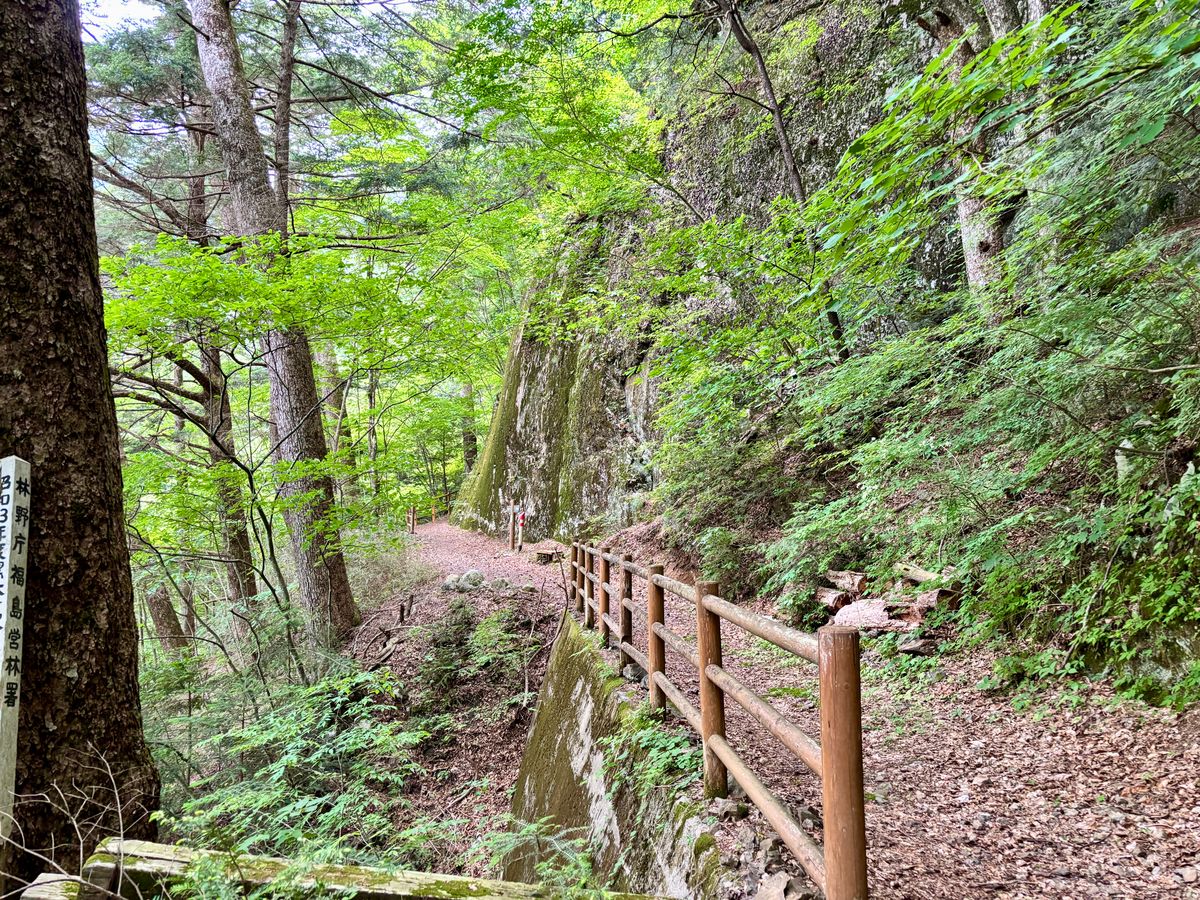
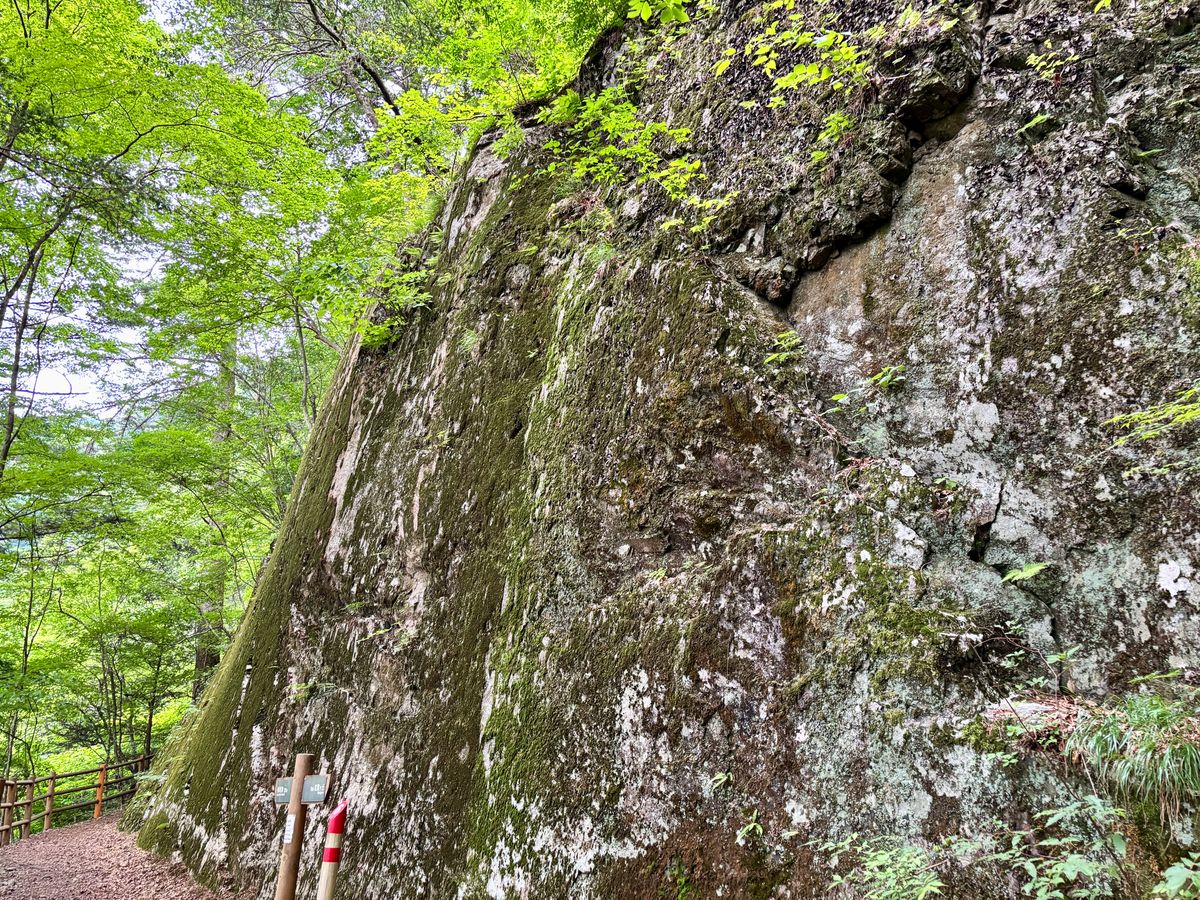
Main Highlight: Gongen Waterfalls (権現滝)
Proceeding further from Byobu-Iwa, you arrive at Gongen Waterfalls (権現滝), the main highlight of this hiking course.
The powerful waterfall cascading down the rock face with about 30 metres of drop is overwhelmingly beautiful. This waterfall has a history of prosperity as a waterfall for ritual purification (水行滝) for mountain ascetics (修験者) climbing Mount Ontake (御嶽山) since ancient times. Whilst it's now well-maintained and easy to reach, it must have been difficult to get here in the past.
About Shugendo (修験道): Shugendo is a uniquely Japanese religion that seeks enlightenment through harsh mountain training. Waterfall meditation (滝行) - being struck by waterfalls - is one of these practices.
About Mount Ontake: Mount Ontake is one of Japan's 100 Famous Mountains, standing at 3,067 metres. It's considered a sacred mountain in Japanese spiritual culture.
The water spray hits your cheeks, and the sound of water breaking the forest silence cleanses your heart. You can feel the history of mountain ascetics performing waterfall meditation here since ancient times, creating a sacred feeling. This is the most photogenic spot.
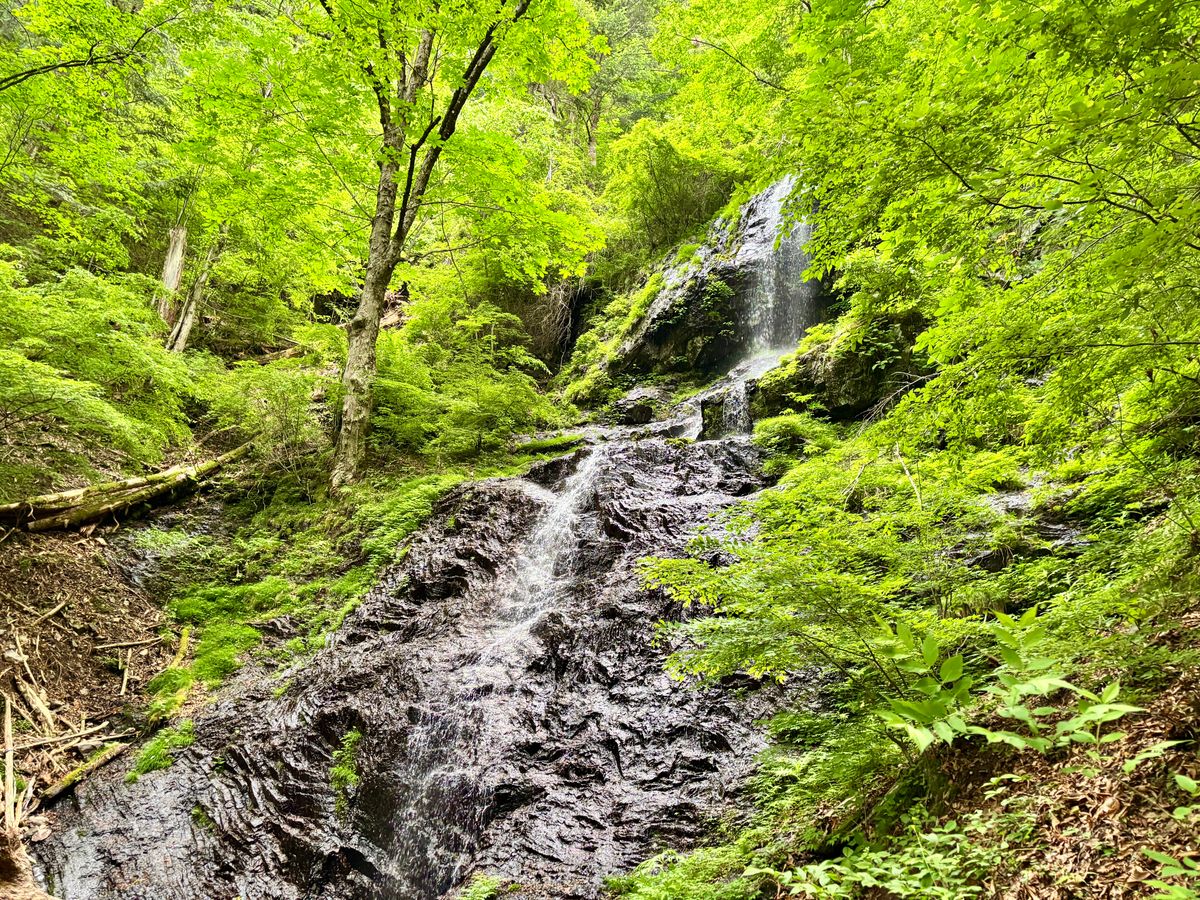
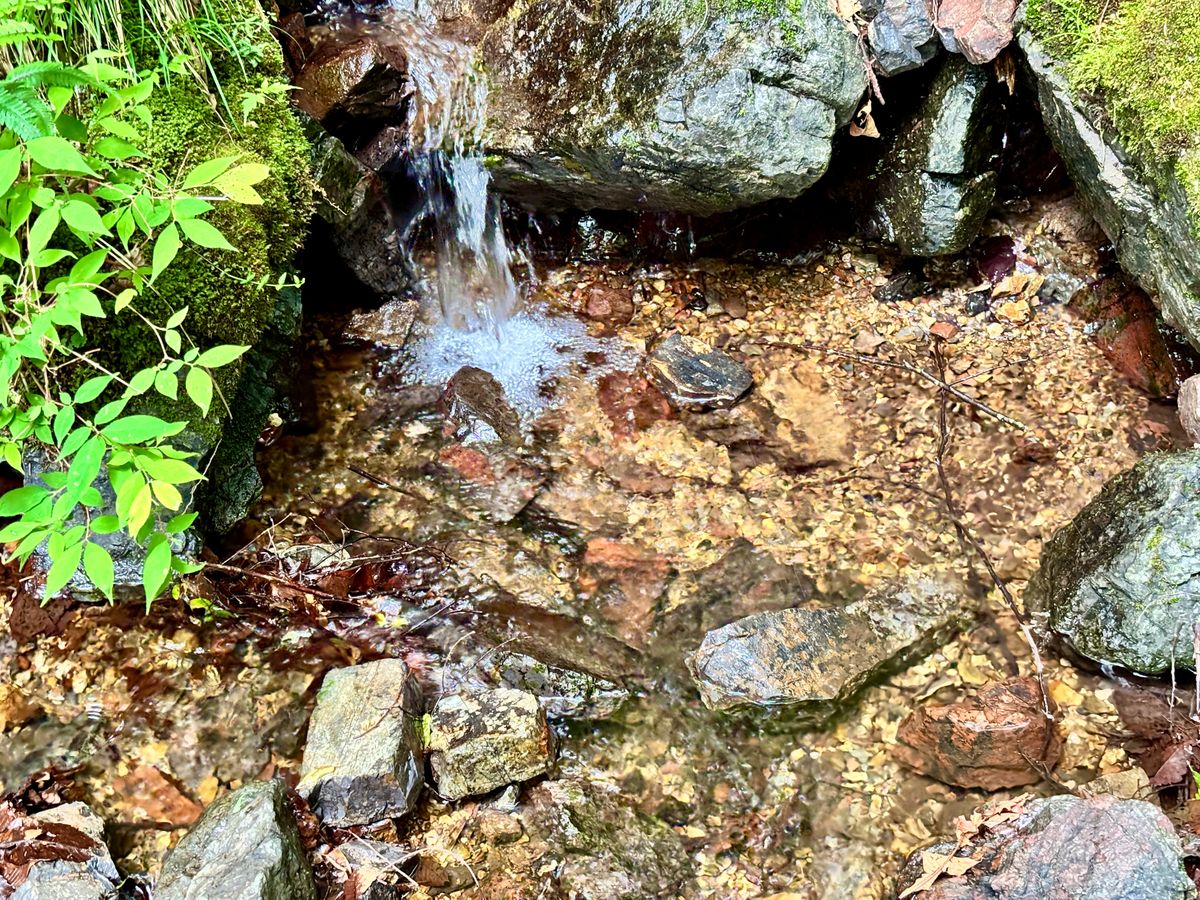
Place of Faith: Stone Shrine of the Mountain God (山の神の石祠)
After passing Gongen Waterfalls, the course nears its end with more downhill sections. Along the way, I encountered the Stone shrine of the mountain god (山の神の石祠). Though a small stone shrine, it's a precious place where you can feel the history of Kiso's forestry industry and people's faith. I put my hands together and prayed for safe mountain walking.
This stone shrine is a memorial built for safety prayers when 10,000 trees were cut for Ise Grand Shrine (伊勢神宮) timber in Meiji 4 (1871). It's proof that Kiso has played an important role in Japan's forestry industry.
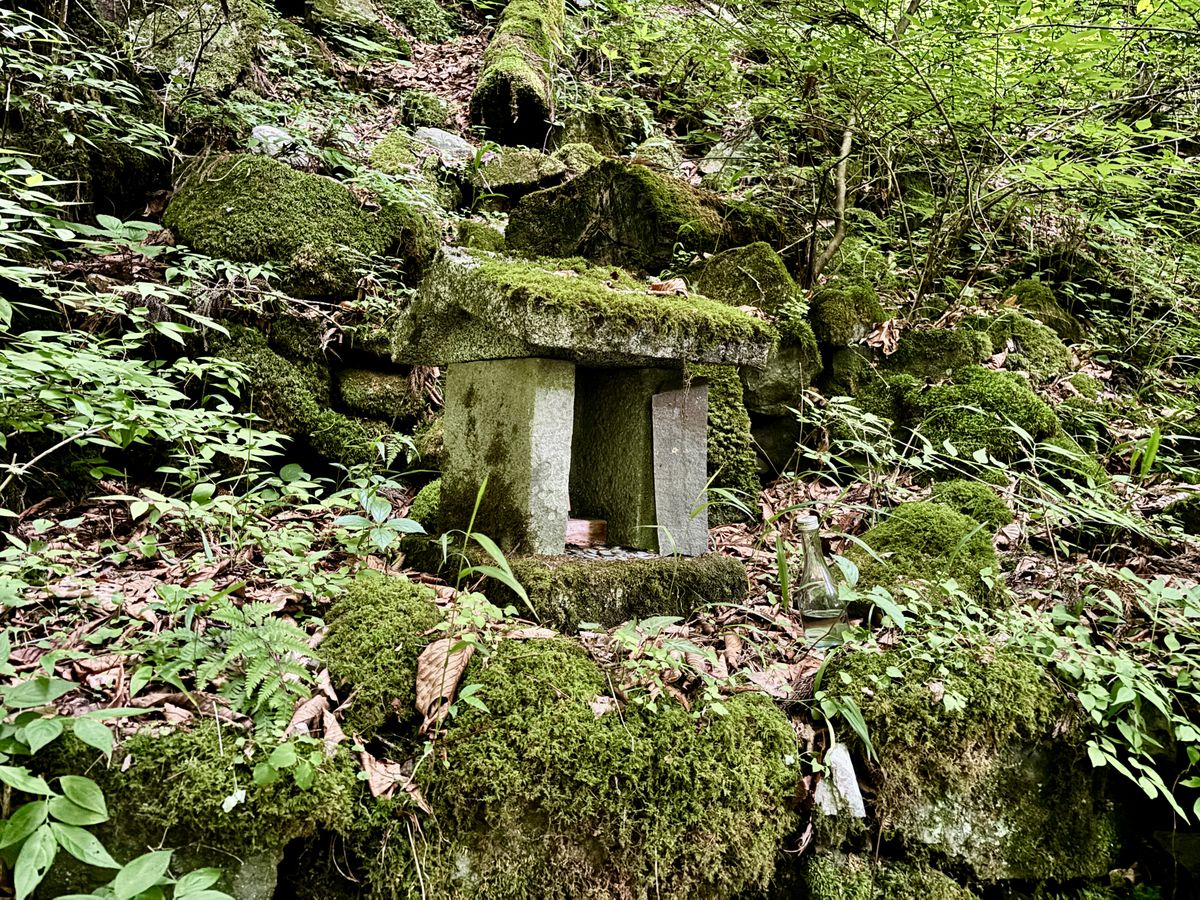
Towards the Goal: Gyonin-bridge (行人橋) and Foot Bath
Going further down from the stone shrine of the mountain god, there are more stairs. There are quite a few steps, so be careful not to trip.
The goal of this hiking course is Gyonin-bridge (行人橋). From this bridge, you can look down at the clear stream of the Kiso River and surrounding mountains, providing scenery worthy of concluding the hike.
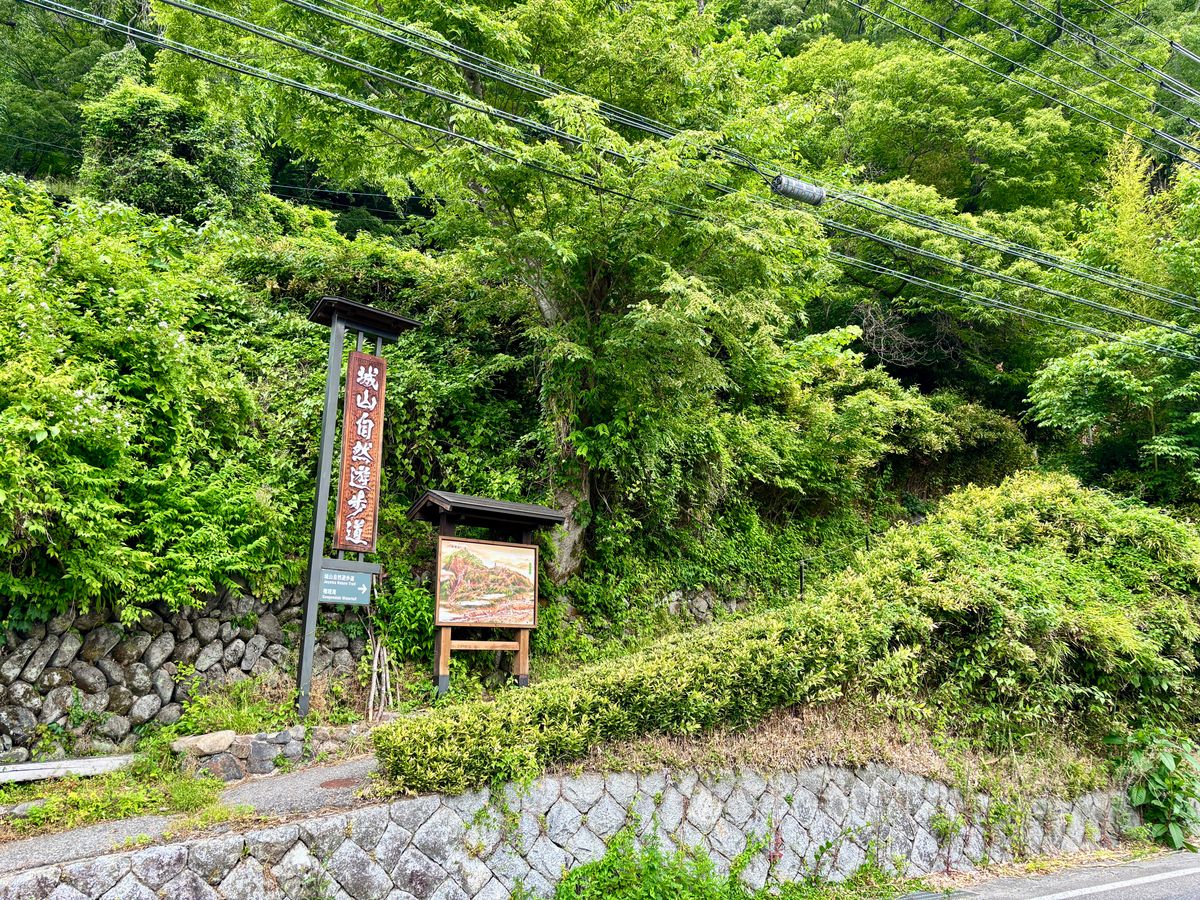
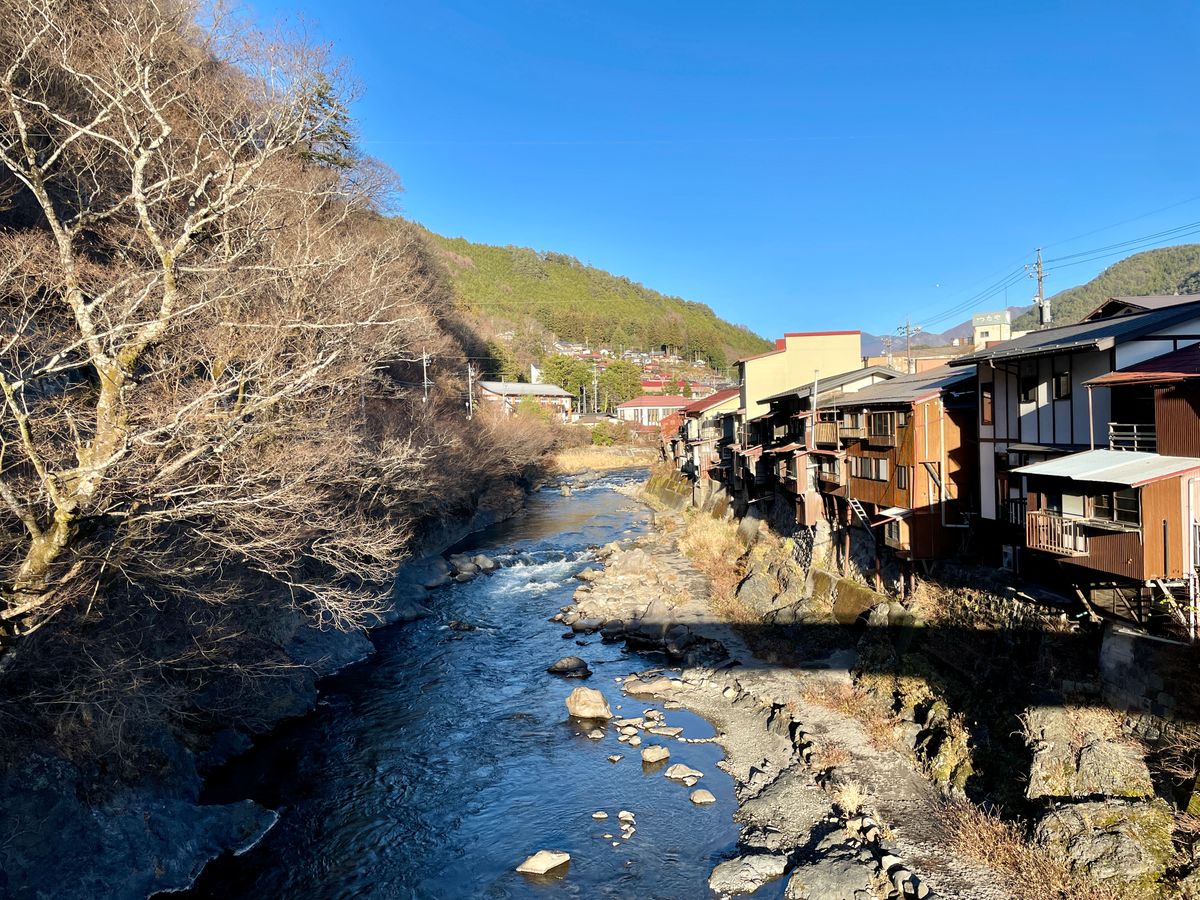
From the bridge, you can see the clear stream of the Kiso River flowing quietly, the beautiful landscape of the lush Kiso Valley, and the Kiso-Fukushima townscape in the distance. Looking back on the path we'd walked, I felt anew the richness of Kiso's nature.
Final Destination: Refreshing Foot Bath
Finally, I arrived at the foot bath (足湯, ashiyu) - the final destination. The 100-minute forest bathing hike was complete.
About the foot bath:
Free to use
Can soothe tired feet from hiking in hot spring water
Experience Japanese hot spring culture
Recommend bringing a towel
Being able to heal tired feet from hiking in hot spring water is a truly luxurious experience. With the sense of achievement from completing the 3.6km course, this was the perfect place to reflect on the hike. Soaking in the foot bath whilst recalling the beauty of Gongen Waterfalls and the richness of the forest, I truly felt refreshed.
